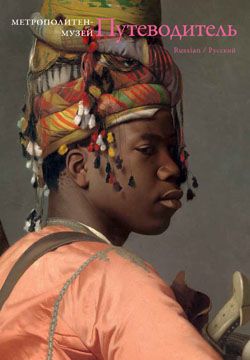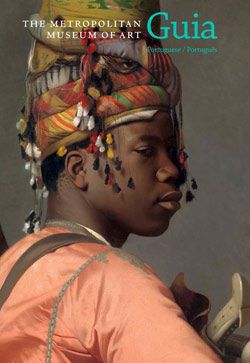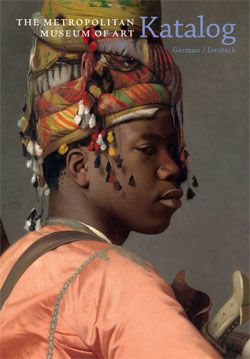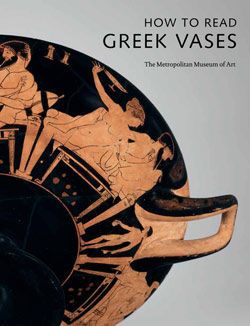Terracotta kernos (vase for multiple offerings)
The kernos was a popular type of vessel in the Mediterranean world during the prehistoric period, and particularly impressive examples have come to light in the Cyclades. This vase reflects the potter’s great skill and creativity. The two rings of receptacles probably held multiple offerings, such as flowers, fruit, and other foods. Similar kernoi have been discovered in tombs on the island of Melos.
This vase, together with the jar (2004.363.2) and jug (2004.363.3) displayed nearby, were found together. The painted decoration of the jar is similar to that of the kernos, with rows of alternating narrow and broad chevrons and designs in dark glaze over a white slip. The jug is more extensively decorated with comparable motifs. All three vessels represent Cycladic pottery at its most precise and accomplished, and presumably they came from the same tomb, possibly at Phylakopi, the primary Cycladic settlement on Melos.
They were discovered in 1829 by the British naval officer Captain Richard Copeland. In 1857 his widow gave the objects to Eton College in Windsor, England, where they remained until 1996, when they were lent to The Met. The group was purchased by the Museum in 2004.
This image cannot be enlarged, viewed at full screen, or downloaded.
This artwork is meant to be viewed from right to left. Scroll left to view more.





















